Coffee is almost a religion in Portugal, especially in Lisbon. I am not exaggerating when I tell you that Alfacinhos have an average of 5 coffees per day – usually espressos. If you’re used to your Caramel Macchiatos, you’re in for a rude awakening – Portuguese people like real coffee, not that sugary, syrupy crap that’s ice cream dressed up like coffee (yup, I look at you and judge every time I see you with one). However, if you worship the bean, get ready for a fantastic time because Portuguese coffee is delicious. Below is a list of all the types of coffees you can enjoy in Lisbon’s cafes & pastelarias, but before you memorize these (or bookmark this page on your smartphone) you need to know how to order Coffee in Portugal. Simply use the formula below:
How to Order Coffee in Portugal
Formula: number + type of coffee + please
Examples: Um café, por favor – Uma bica, por favor.
Types of Portuguese Coffee
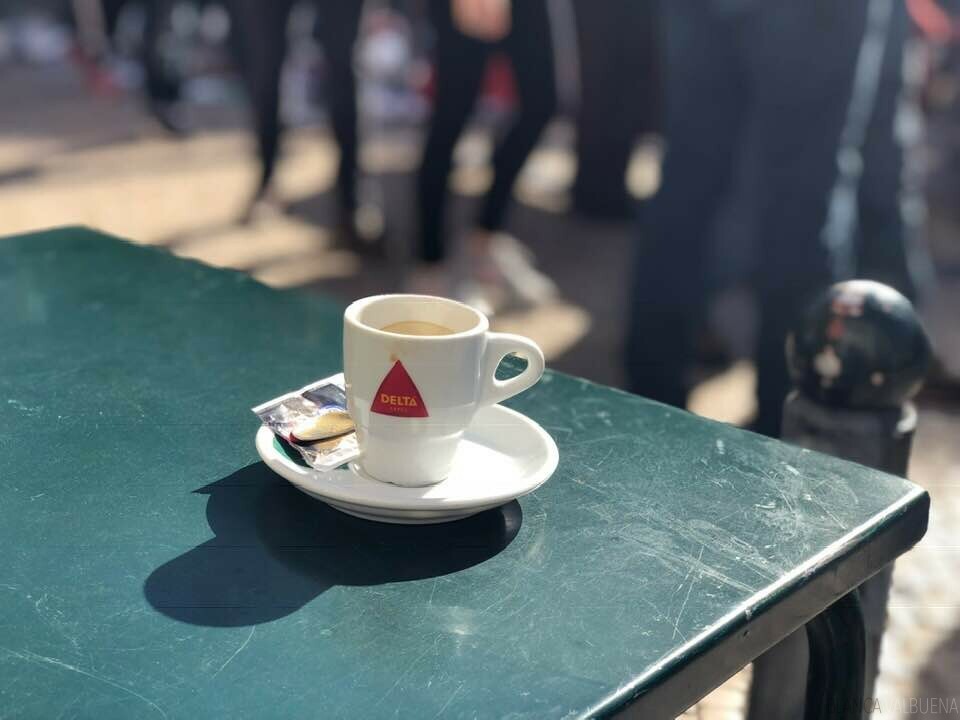
Café – This is what you’d call an espresso in the US. If you’re in Lisbon, you can ask for a bica and you’ll get the same. This is usually served with just a packet of sugar on the side. It’s strong, it’s robust, and it is my favorite. Portugal’s espresso is usually made from a blend of arabica and Robusta beans while most places use only Arabica. IMHO, you can’t beat having a bica with a pastel de nata in Lisbon.
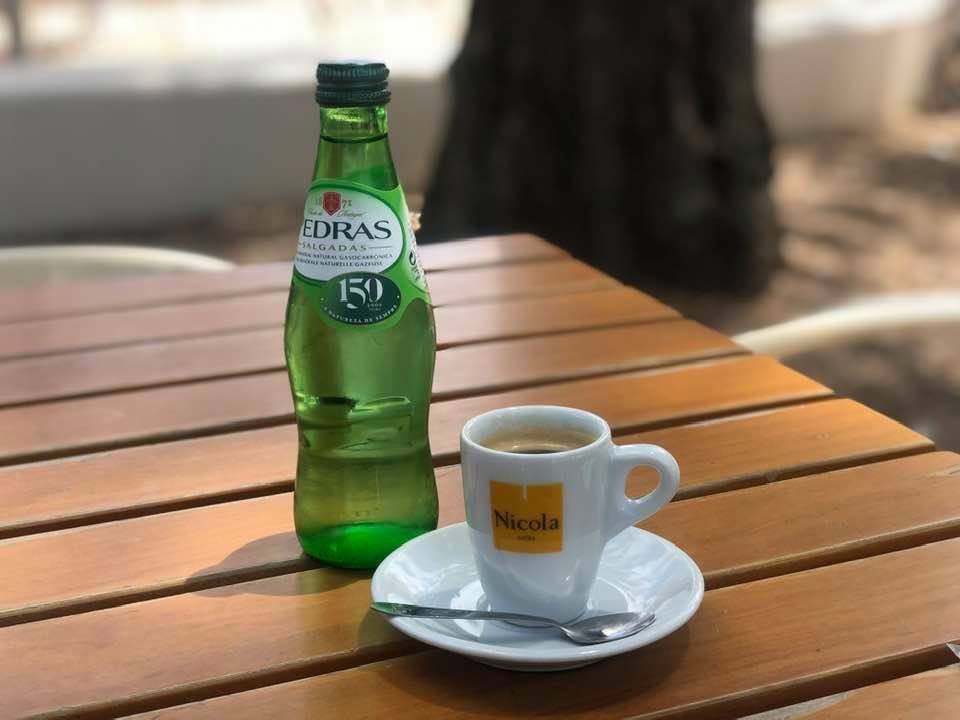
Café Cheio – Take the above espresso, and fill the cup to the top. It’s like a double espresso, but not really. It does have a higher content of caffeine (although most people will tell you it doesn’t) so it is perfect for those days when you drank too much ginjinha the day before.
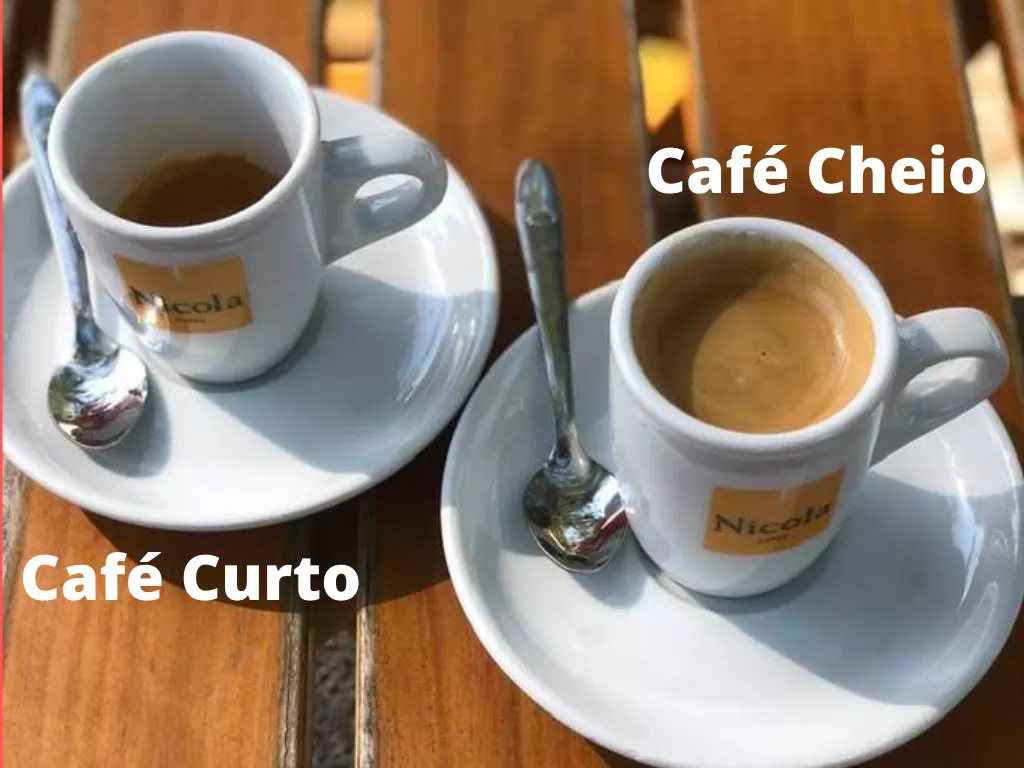
Café Curto – Take your espresso and remove water. It’s smaller and stronger than your café. It’s also known as an Italiano.
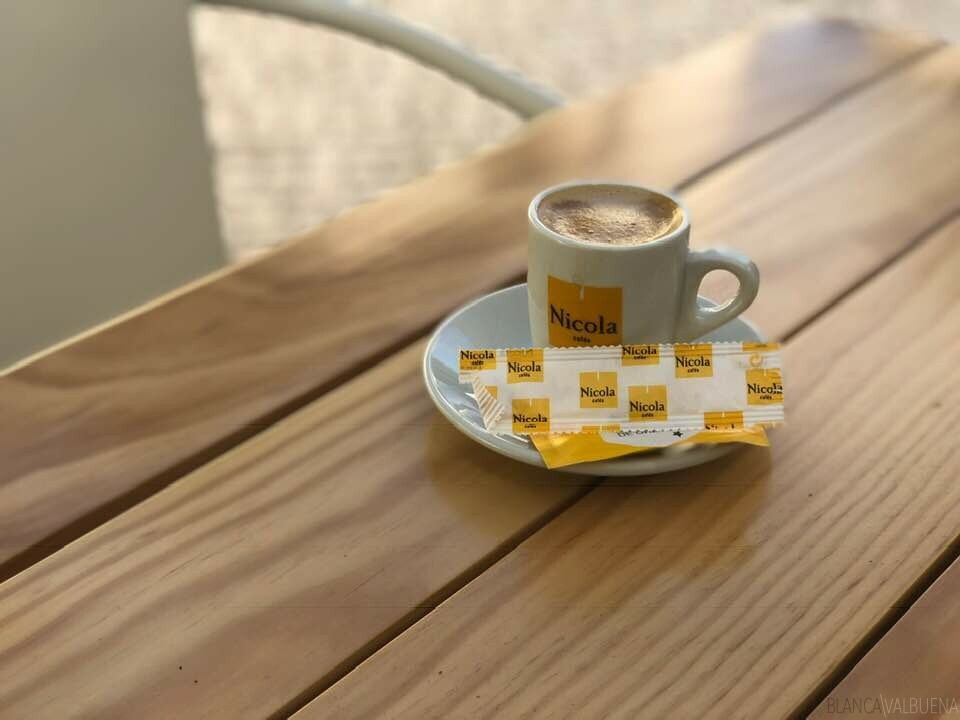
Café Garoto – This is your regular espresso with milk foam. It is served warm and is usually how kids are introduced to Portuguese coffee culture.
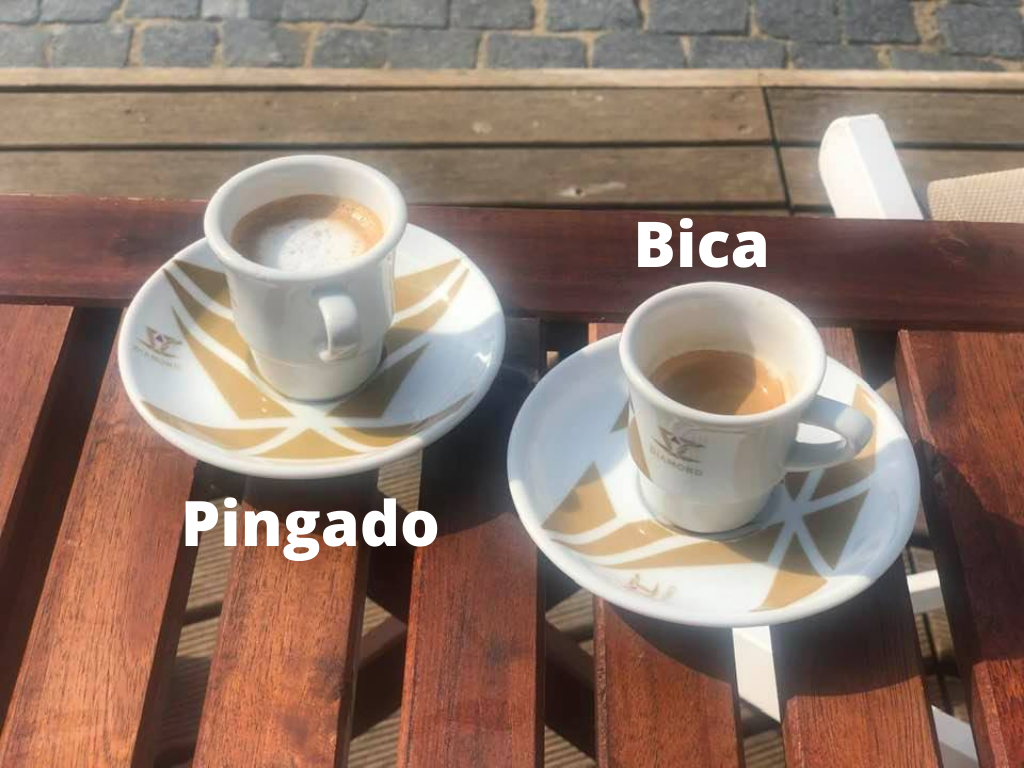
Pingado– This is your regular espresso with a touch of cold milk.
Café com Cheirinho – What Cubans would call cortadito. This is your spiked coffee, usually with Aguardiente or Brandy. If you go to Madeira or the Azores, you’ll need to order a Café com Música.
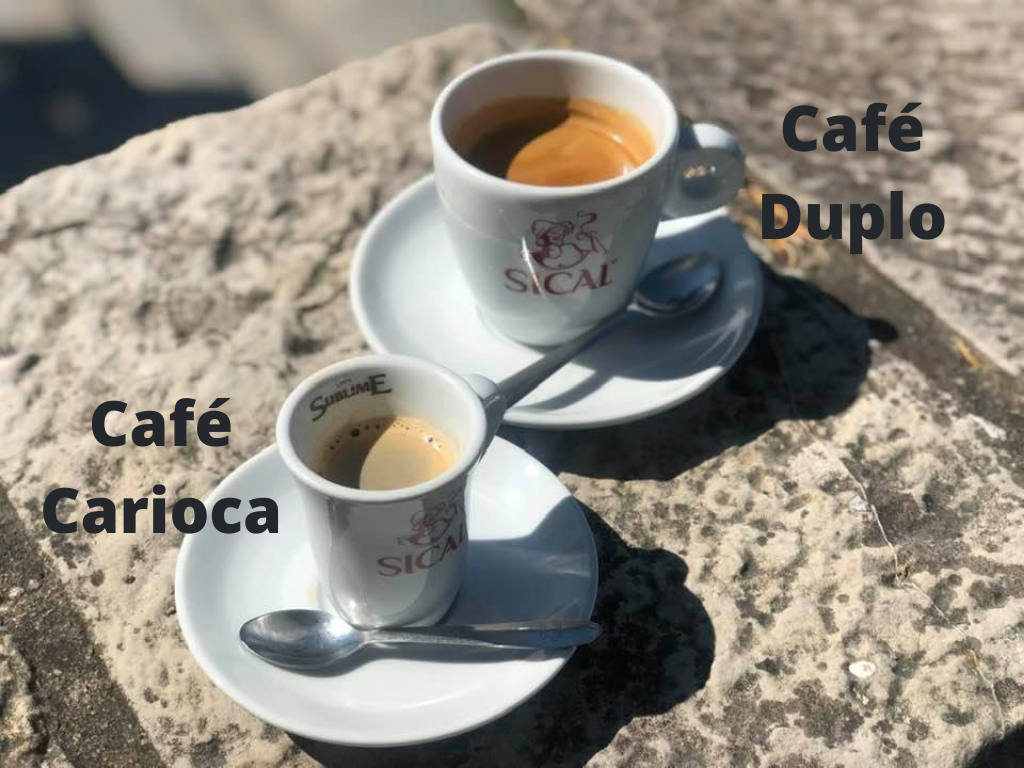
Café Duplo – This is two espressos (bicas) in a larger cup.
Descafeinado – You’ll need this if you’re ordering a decaf coffee (This word will never come out of my mouth).
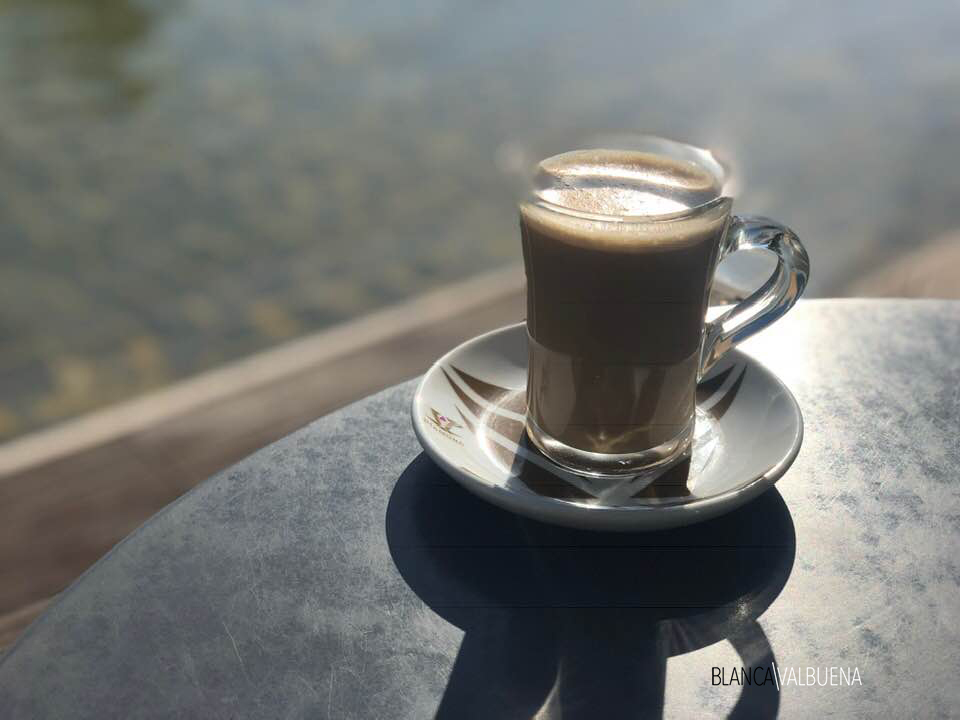
Galão – this is as close as you’ll get to a cafe au lait. It’s an espresso with milk foam served in a tall glass and it is delicious.
Meia de Leite – An equal mixture of milk & coffee in a large cup.
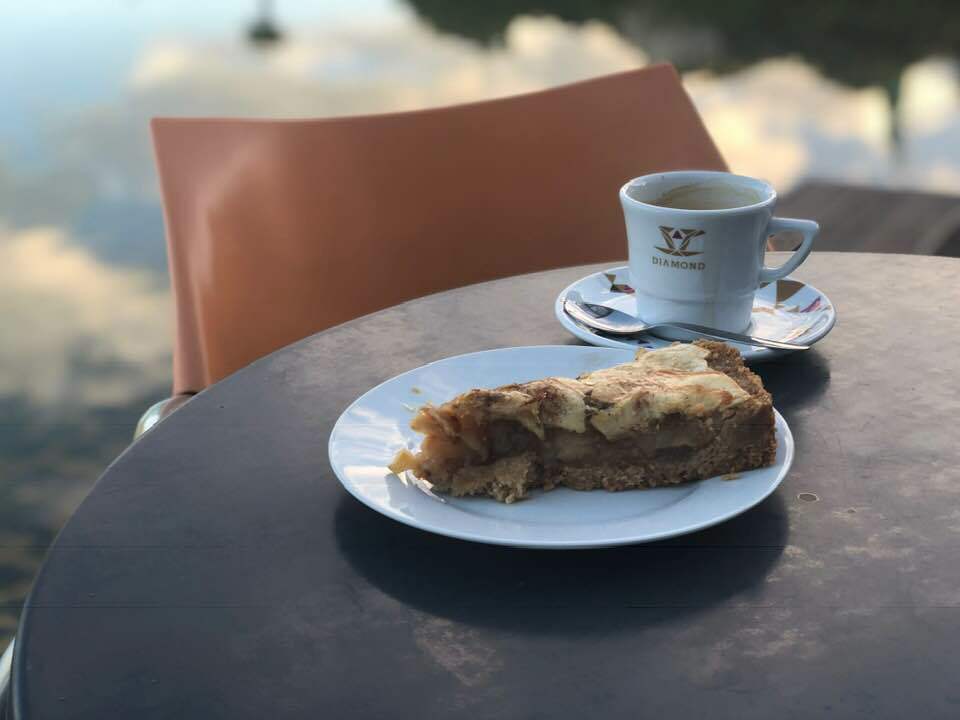
Abatanado – This is an espresso in a large cup with extra water, what you’d think of as an Americano.
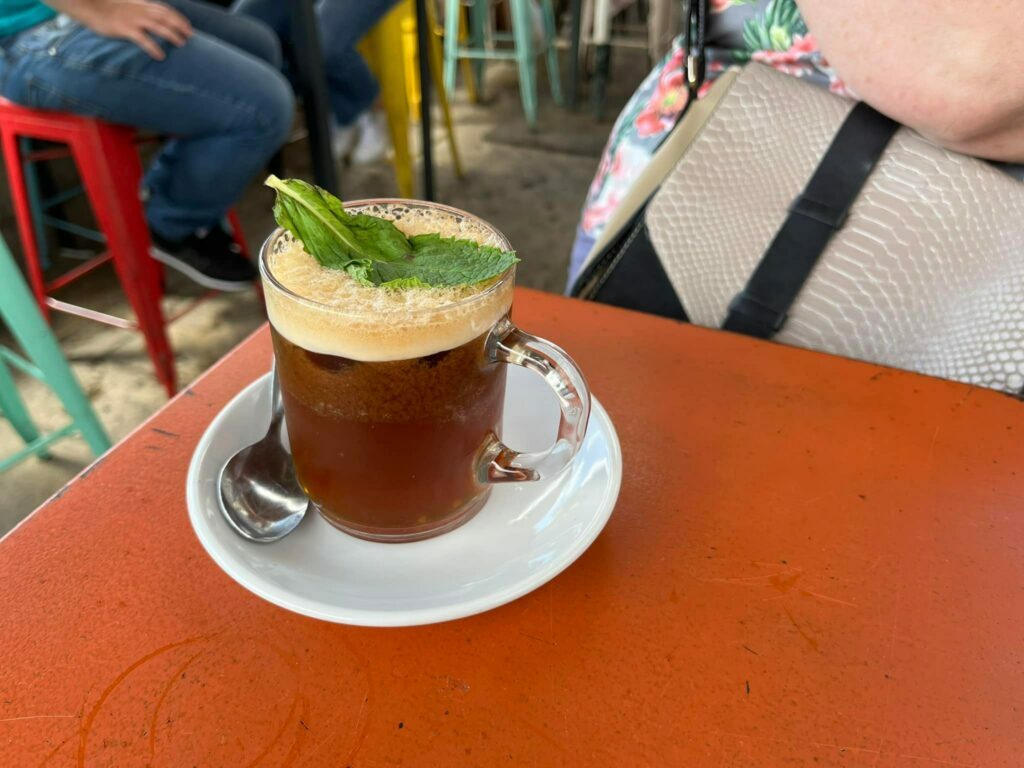
Mazagran – I only had this very recently. I am hooked. It’s Portugal’s version of iced coffee and it is so much more than just that. It’s a lemon iced coffee with a touch of mint…and if you’re lucky, a dash of rum. I think this will become my drink of choice for hot summer afternoons.
Carioca– This is good if you’re not ready for a regular espresso. This coffee is made with 2nd use beans, so it is not as rich and not as high in caffeine.
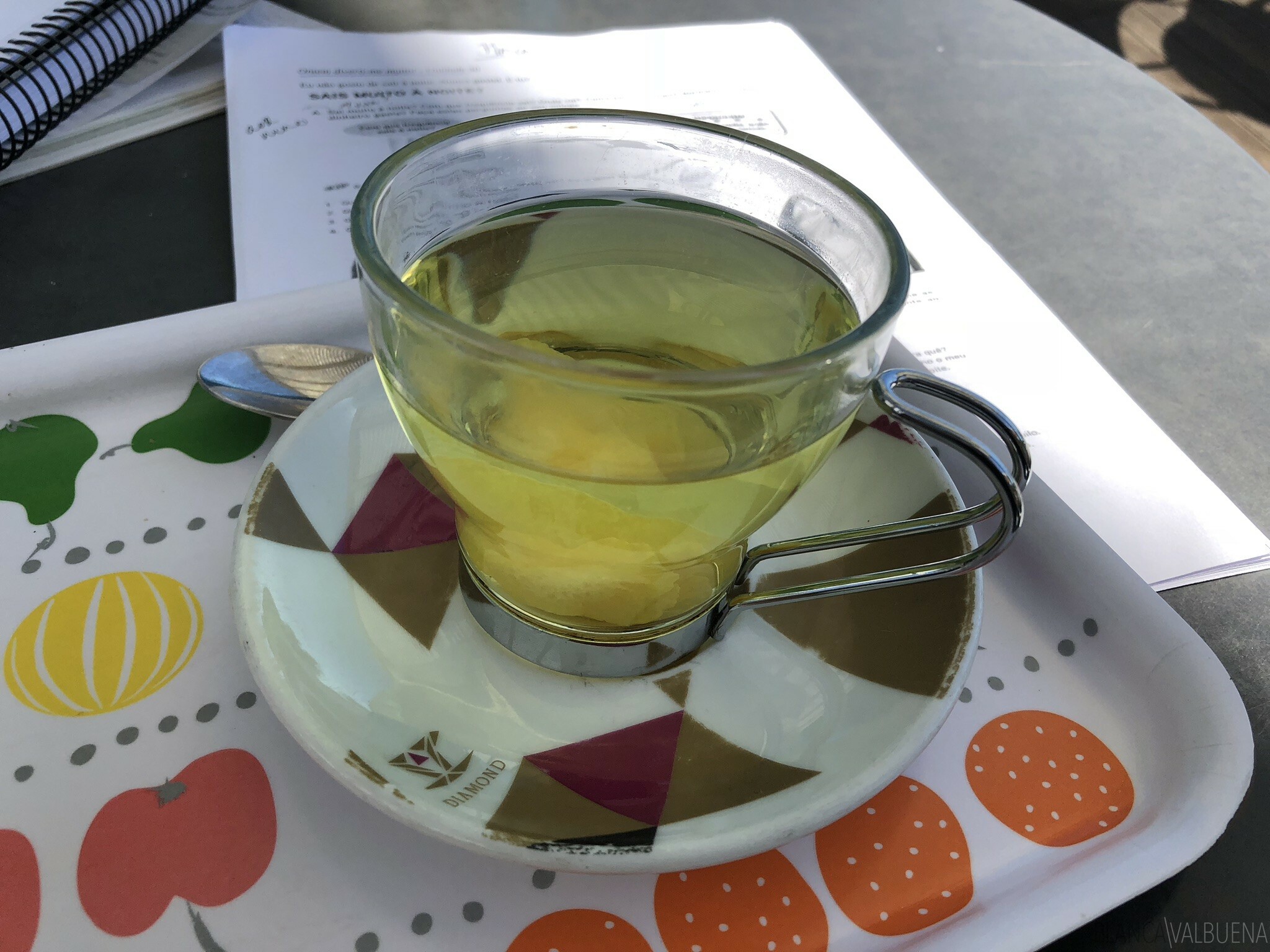
Carioca de limão – Although I love coffee, I am a tea-drinking girl. This drink is great for detoxing, it is simply boiled water with lemon & lemon peel
Chá – Although tea is not as popular in Portugal, you can still get some amazing teas (remember that Portugal had territories in India). If you want tea, simply ask for chá (keep in mind this is caffeinated tea).
Things to Eat with your Portuguese Coffee

Pastel de Nata – these are ridiculously tasty egg custard tarts, and…IMHO the best thing to accompany your coffee, regardless of the style.
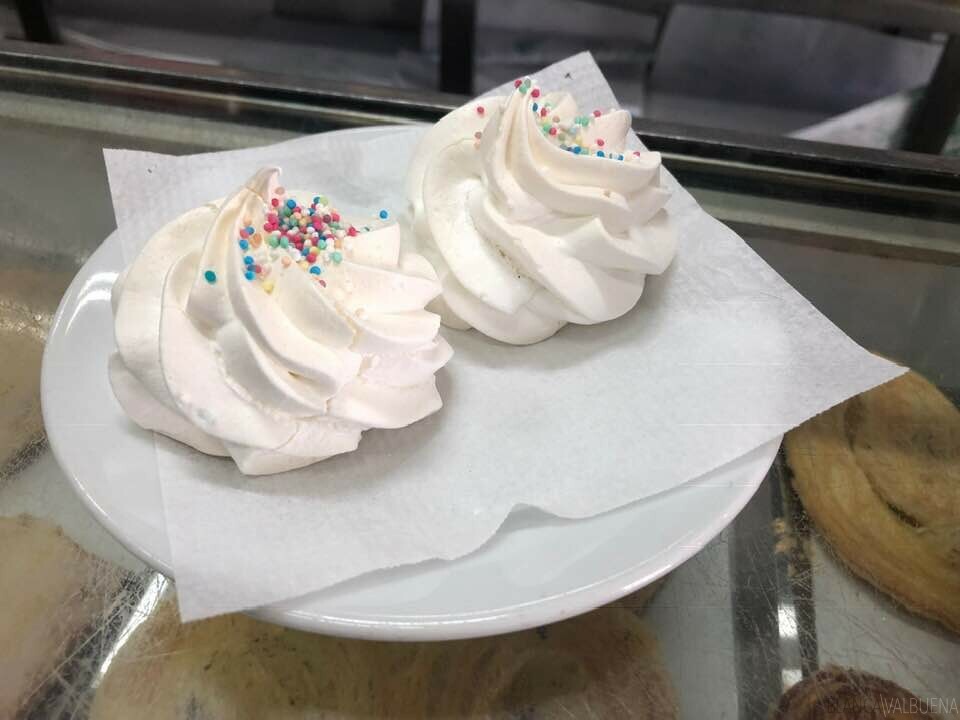
Suspiros – These meringue kisses are for you if you are into straight sugar. They’re light, airy, and will have you zooming in no time.
Now that you know everything you need to know about Portuguese Coffee, you’re ready to conquer the world…or at least caffeinate while you travel.
Now that you know how to order coffee in Portugal, if you have other questions about Portugal, Lisbon, or coffee?…just leave them in the comments below.
FAQs About Portuguese Coffee
How do Portuguese people drink their coffee?
In Portugal, the coffee of choice is a bica.
What is a bica?
A Bica (in Lisbon), also known as a “café” (in Porto) is a lot like an Italian espresso, but extracted to a larger volume. It tends to be smoother because of how it is roasted. According to the AAIC (Coffee Industrial and Commercial Association), a Portuguese espresso is:
“It is a “drink obtained in an espresso machine, from a blend of roasted coffee, with an average volume between 35ml±5ml and with a dense and persistent hazelnut-colored cream. Organoleptically, it is a velvety drink, with a sharp and well-balanced body. It is characterized by enormous aromatic complexity, a mild acidity, a remarkable balance of flavors and a pleasant and persistent aftertaste”.
What does bica stand for?
It is said that “bica” stands for “beba isso com açúcar” which means drink this with sugar.
How Do You Order An Espresso In Portugal?
If you’re in Lisbon, ask for a bica. If you’re outside of Lisbon, ask for a café.
How Much Coffee Do Portuguese People Drink Daily?
Portuguese people on average drink 2.5 bicas. These are drunk for breakfast, after meals, and during breaks.
How Do You Order A latte in Portugal?
If you want a Latte in Portugal, ask for a Galão. It’s an espresso to which foamed milk is added. The ratio is 1/4 coffee, 3/4 steamed milk. This is served in a tall glass.
How Do You Order A Cappuccino in Portugal?
How Do You Order A Coffee With Milk in Portugal?
It depends on how much milk you want:
- Order a Galão if you want a more milk than coffee. This has 3/4 milk and 1/4 coffee.
- Order a meia-de-leite if you want the mix to be half milk and half coffee.
- Order a garoto if you want an espresso with milk. If you are in Porto, you need to order a ping.
- If you want an espresso with just a drop of cold milk, then order a café pingado.
How to order an American coffee in Portugal?
Order an abatanado. You can also order an Americano.
How Much Does A Coffee Cost in Portugal?
It depends on where in Portugal you are. As of 2002, a Bica (an espresso) will cost you anywhere from €0.60 to €1.50

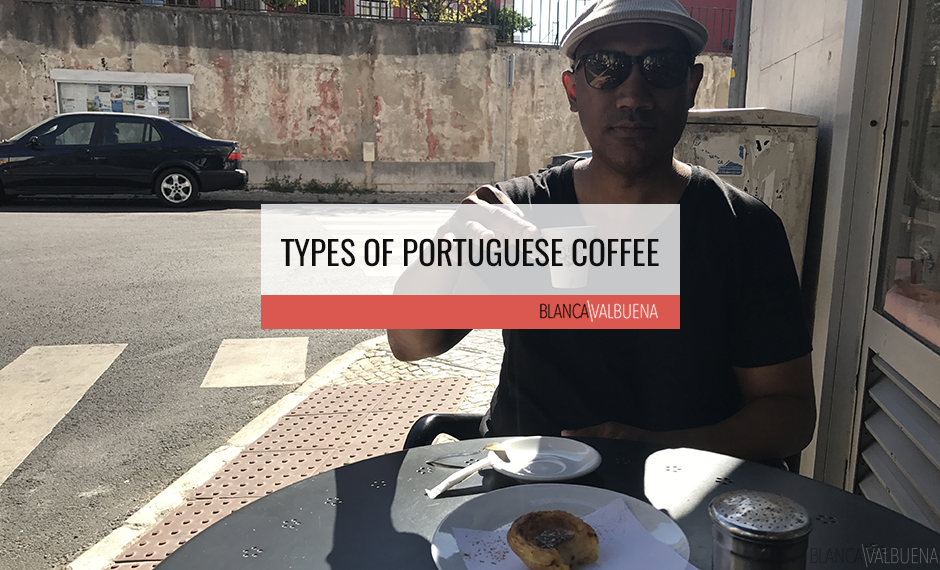
Oh wow. We have been to Spain (and had Spanish coffee), but we’ve never enjoyed Portuguese coffee! Thanks for the tips!
Coffee is serious business here. The Portuguese are hard core…and my family background is Colombian – for me to say they are hard core is a big statement
Where were you 2 years ago? Luckily for me I drink espresso and found Portugal to be coffee heaven, not so my travelling companions. I will share your post with them!
What a cool, comprehensive list! Who knew there were so many options!! I would love to visit Portugal – it’s on my bucket list and I will bookmark your tips
You should absolutely visit. Portugal is a stunning country with the perfect mix of culture, nature and food.
Olá! About your article, there are some confusions. For example “café curto” e “café cheio”.
It’s Bica Curta , Bica Cheia and just Bica Pingada. There are no “café galão”.It’s just Galão. No “café garoto”.Just Garôto. No “café carioca”.just Carioca de Café or Limão. And some more.
Glad that you enjoyed it.
Thanks for the clarification,Rogério.
I’m still learning so much.
– “café curto” e “café cheio”.
It’s Bica Curta , Bica Cheia and just Bica Pingada. – Is this in Lisbon only? I assume so since the rest of portugal uses café instead of bica.
– And so good to know – It’s Bica Curta , Bica Cheia and just Bica Pingada. There are no “café galão”.It’s just Galão. No “café garoto”.Just Garôto. No “café carioca”.just Carioca de Café or Limão.
I just had 2 café cheios. I am seriously addicted to Portuguese Coffee. I’ll update the post a bit later today, right now I am cleaning my house
Wishing you a wonderful New Year!
Blanca